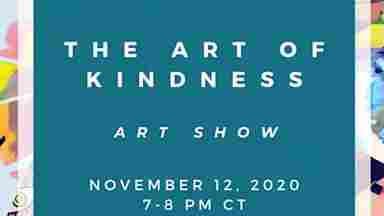Neda Ghassemi for Isolation
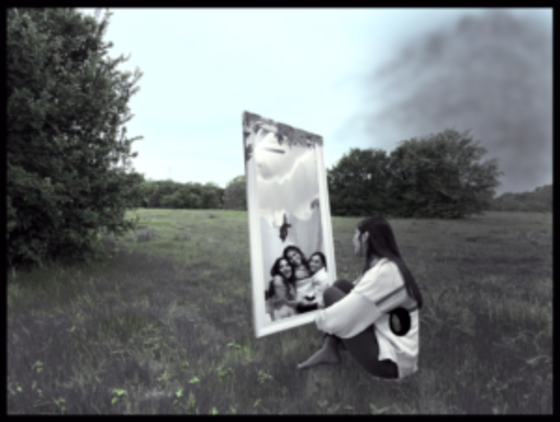
“I illustrate being isolated, the way most all of us feel during COVID. I chose to use the neuroscience concept of mirror neurons and utilized the fantasize, distort and subtract synectics for my design. The concept of mirror neurons resonated with me, as I feel empathy and the connections you create with people, whether consciously or subconsciously, are extremely impactful and valuable.”
Jade Nguyen for Reflection
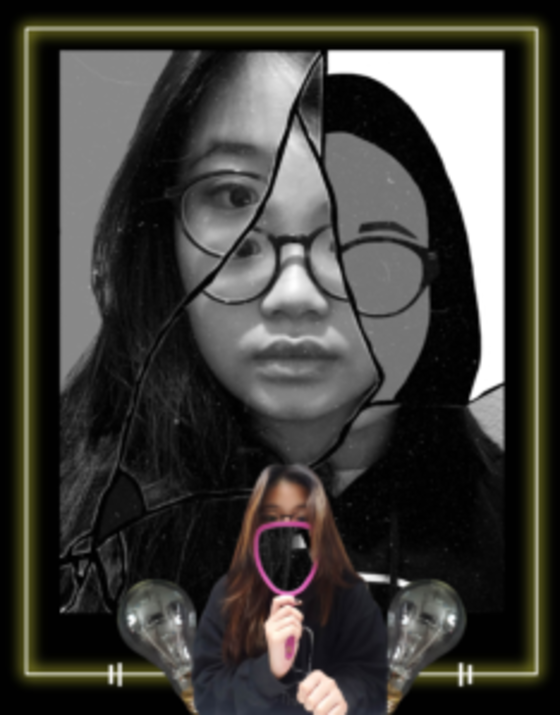
“I thought ‘Reflection’ would be a play on words and introduce the lack of empathy for others since there are fewer interactions during this pandemic. The fractured mirror represents the breaking of mirror neurons, as we are forced to spend most of our time alone.”
Holly Havens for Smoke and Mirror Neurons
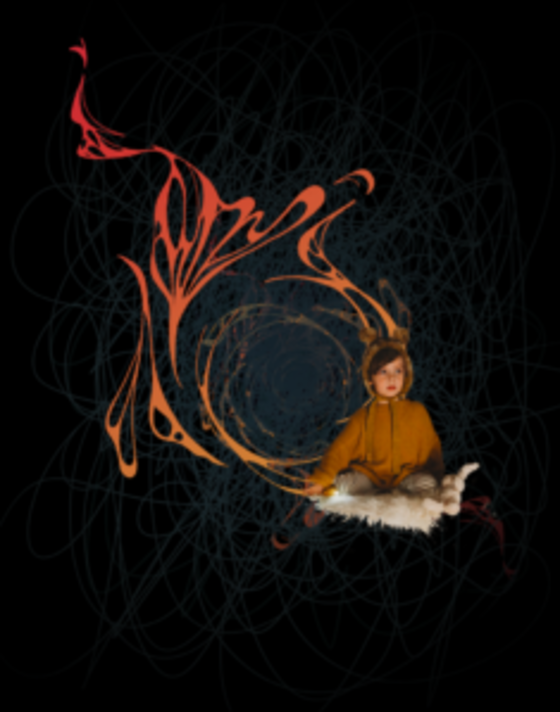
“The world can be a scary place for a child, it’s big and brand new. I think we all experienced a childlike fear this year, a fear of the unknown. I wanted to express this in a way that made it easy to grasp. It was dark and cold and a little lonely, but we started a fire and made hot chocolate.”
Attendees also cast votes in a virtual poll to choose the winner of the People’s Choice Award. Zarah Najmi for Kindness Connects
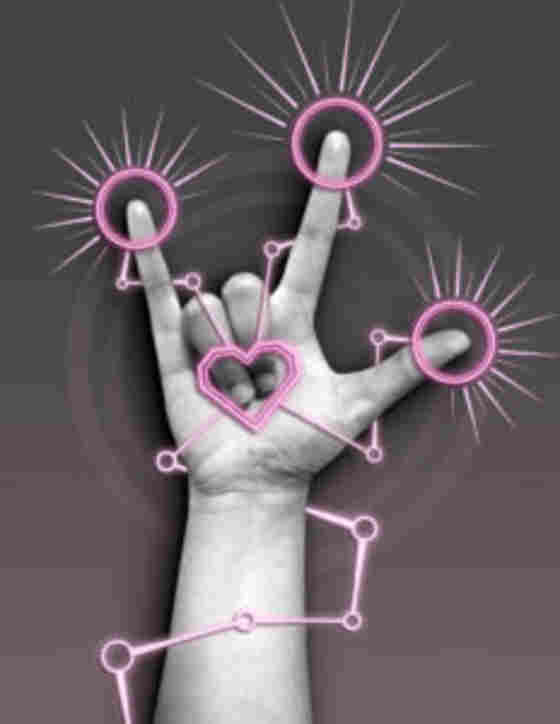
“I wanted to show kindness as an ever-growing network that inspires and connects people together. I depicted the ASL sign for love, with a single path of the network going up the arm and then into the heart. This is representative of one person showing a little kindness which inspires a few more. The branches will continue to grow outwards, connecting more people through love and kindness.”
“”
